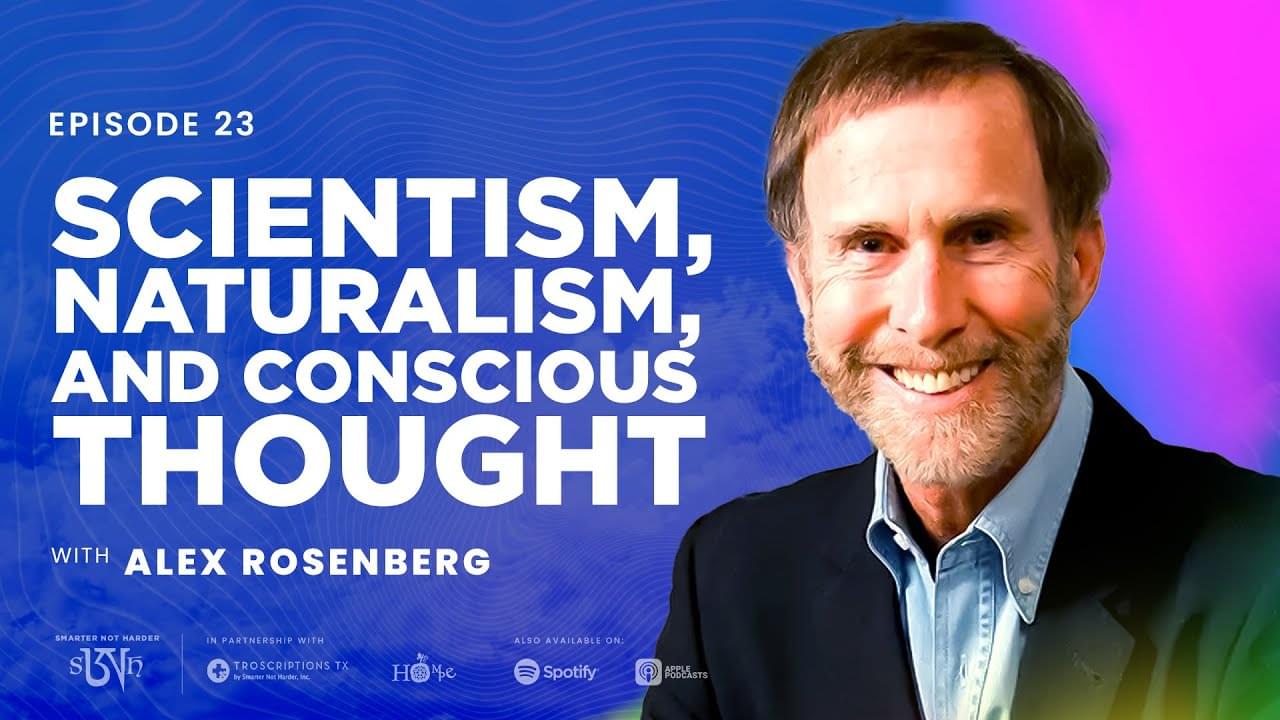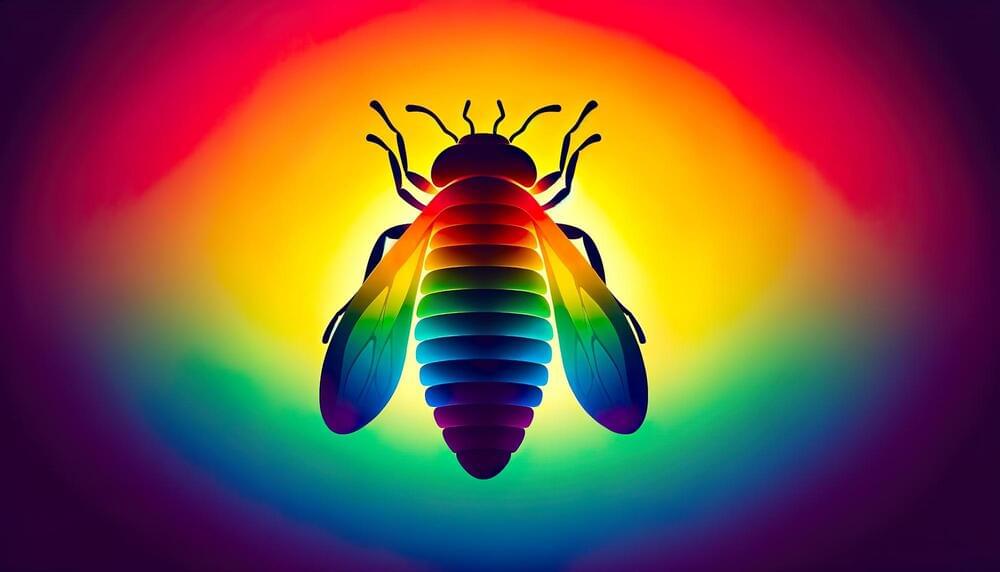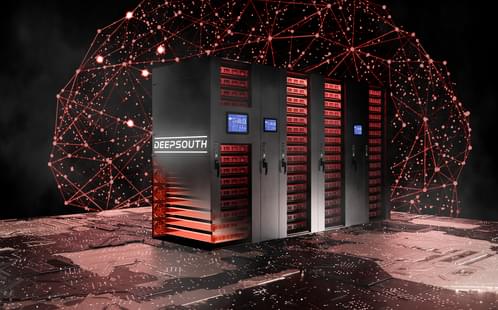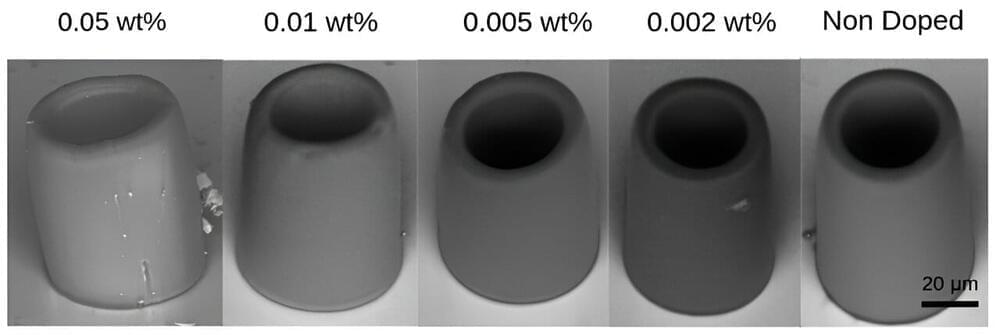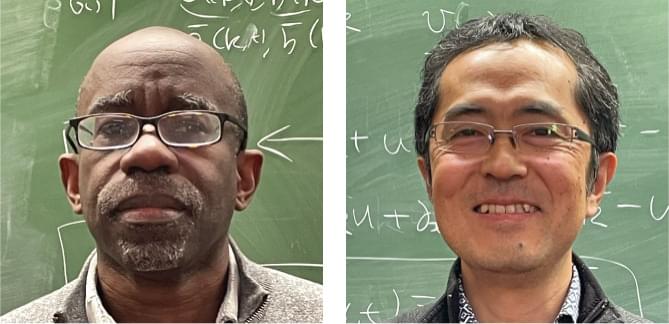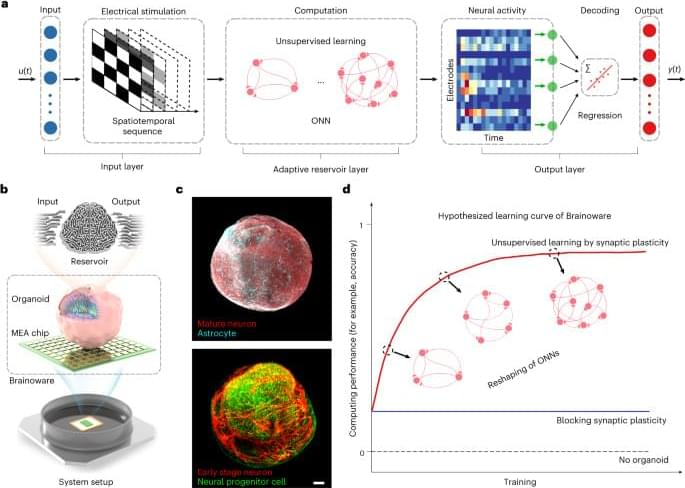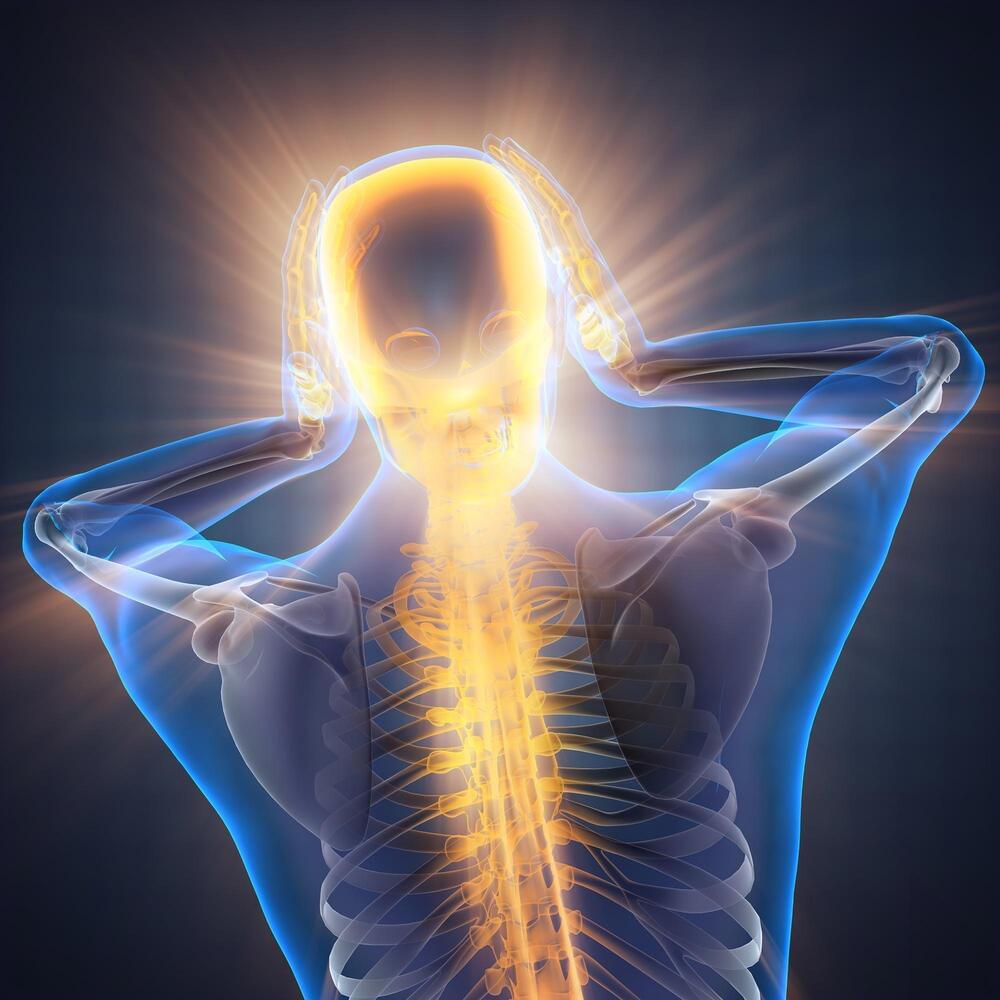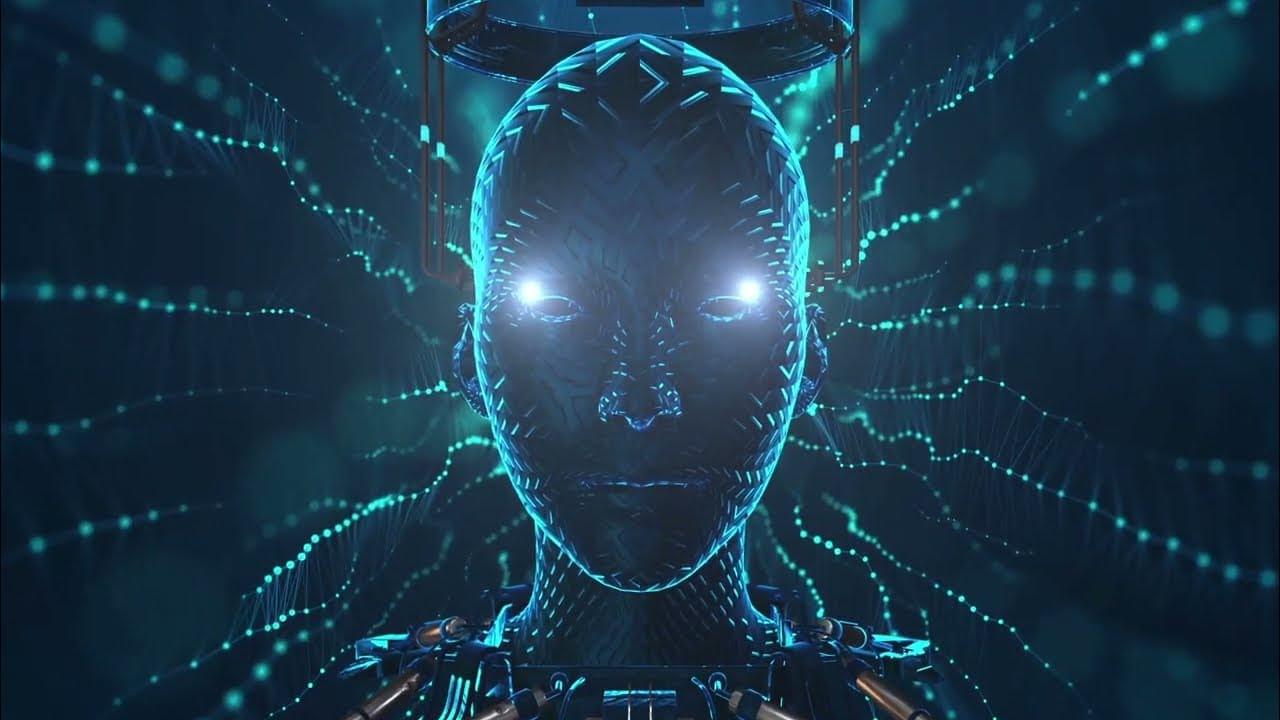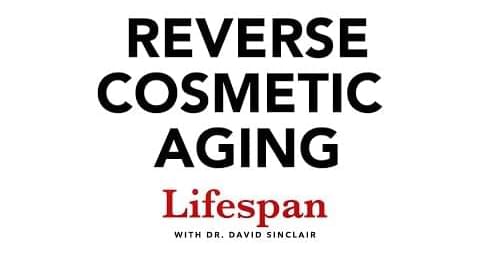Dec 19, 2023
Alex Rosenberg: Scientism, Naturalism, and Conscious Thought
Posted by Dan Breeden in categories: biological, neuroscience
In this episode of the Smarter Not Harder Podcast, our guest Alex Rosenberg joins our host Boomer Anderson to give one-cent solutions to life’s $64,000 questions that include:\
\
What are the definitions of scientism and naturalism?\
Is there such a thing as free will, and if so, what implications does it have on the search for purpose in life?\
What is nice nihilism?\
\
Alex Rosenberg is an American philosopher and novelist. He is the R. Taylor Cole Professor of Philosophy at Duke University, and is well known for contributions in the philosophy of biology, as well as the philosophy of economics. He has also written several books, including \.
